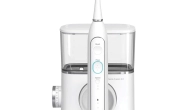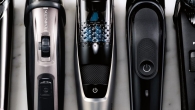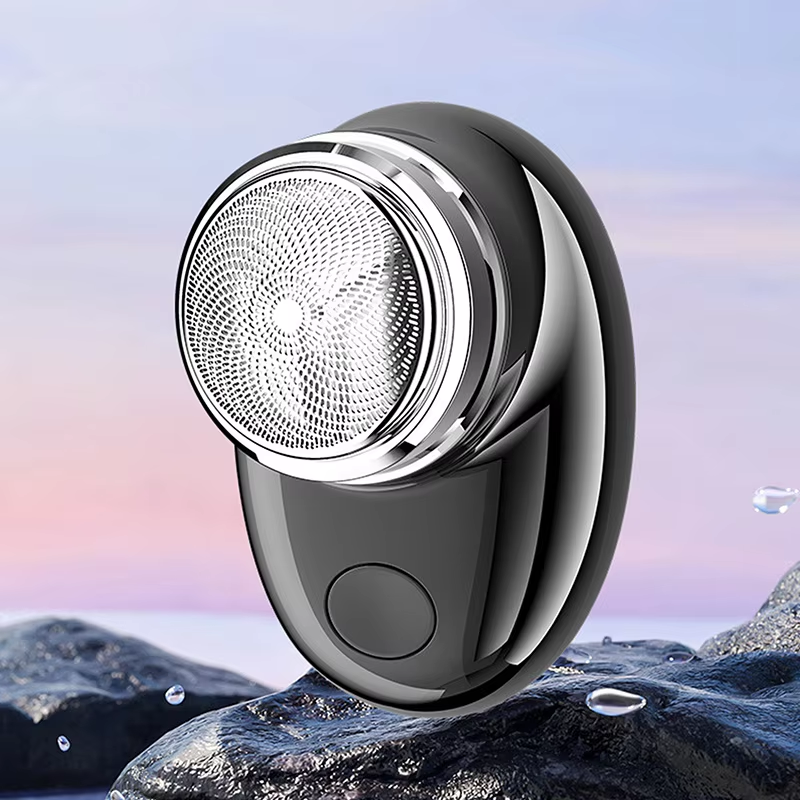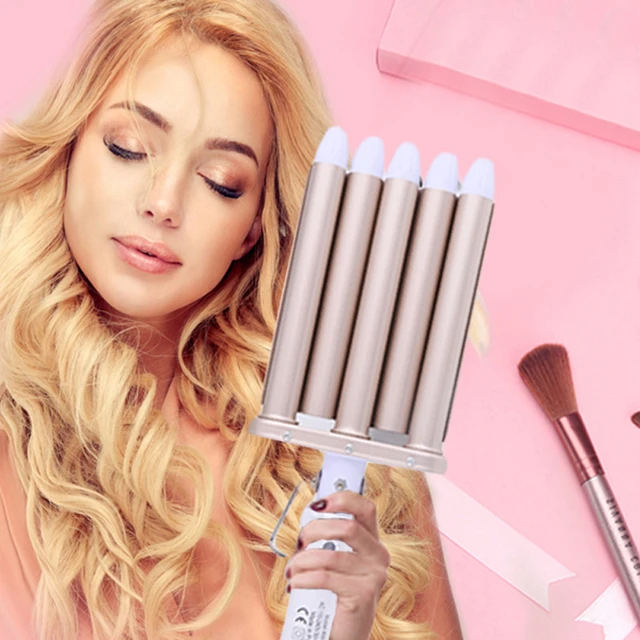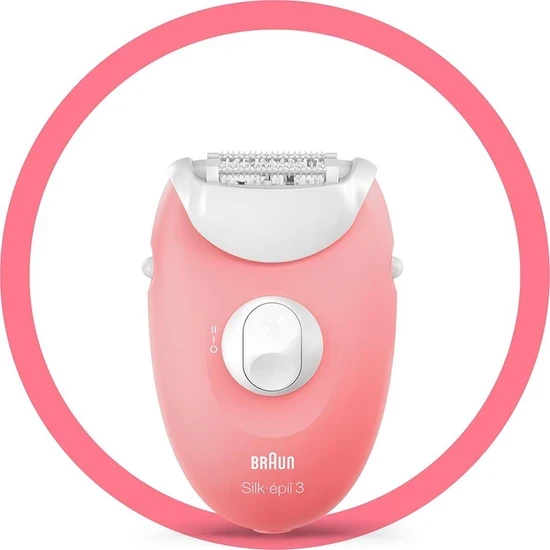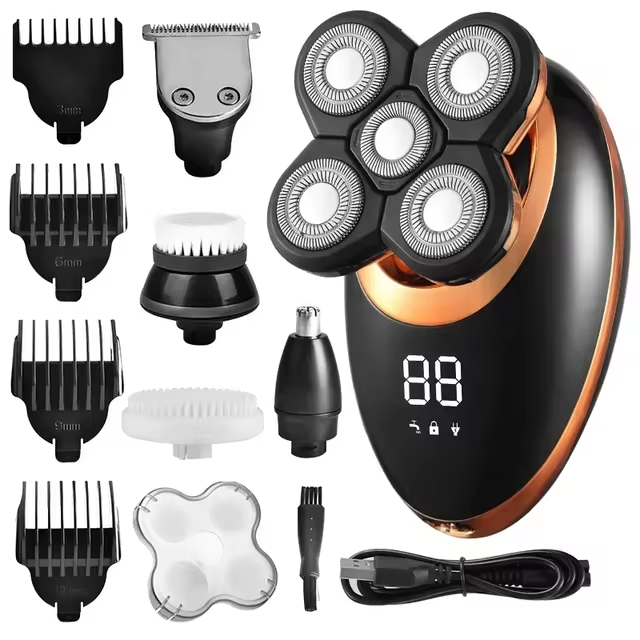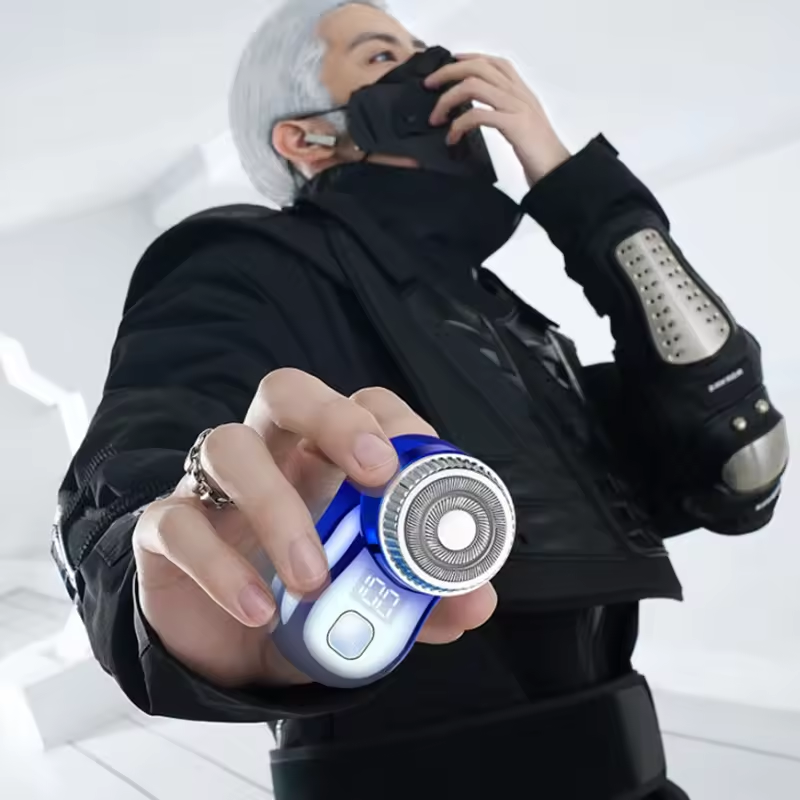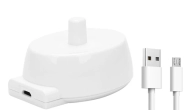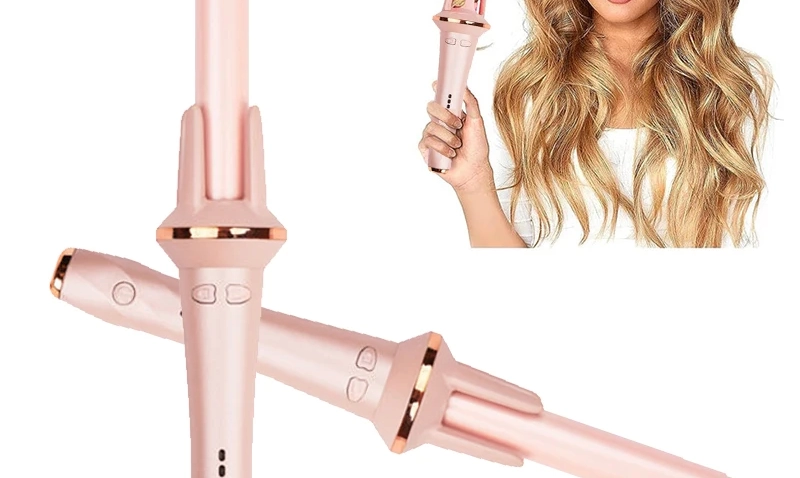
Ideal Curling Iron Temperature: Finding the Perfect Heat
Introduction
Finding the right temperature setting for your curling iron is crucial for achieving beautiful curls without causing damage to your hair. The heat setting can vary based on factors such as hair type, texture, and the desired curl style. In this comprehensive guide, we will explore the factors to consider when choosing the temperature for your curling iron, discuss the recommended temperature ranges for different hair types, highlight the importance of heat protection, and provide tips for achieving optimal results while minimizing hair damage.
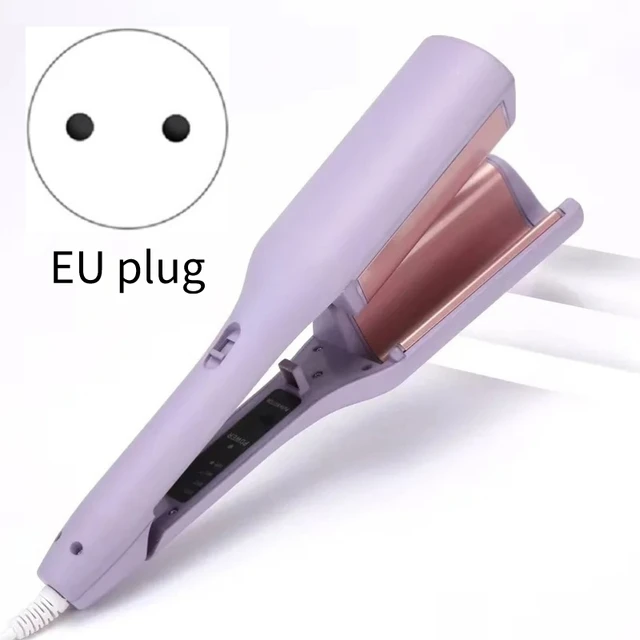
Setting the Perfect Temperature: How Hot Should Your Curling Iron Be?
Understanding the Factors Influencing Curling Iron Temperature
-
Hair Type:
- The natural characteristics of your hair, such as thickness, density, and porosity, play a significant role in determining the appropriate temperature for your curling iron. Understanding your hair type is essential when selecting the temperature setting to achieve the best results.
-
Desired Curl Style:
- The desired curl style can also influence the temperature at which you set your curling iron. Tighter, more defined curls may require higher heat settings, while looser curls and waves may be achieved with lower temperatures.
-
Heat Tolerance:
- Every individual’s hair has a different heat tolerance. Some hair types can handle higher temperatures, while others may become damaged or prone to breakage at high heat levels. It is crucial to consider your hair’s health and condition when selecting the temperature for curling.
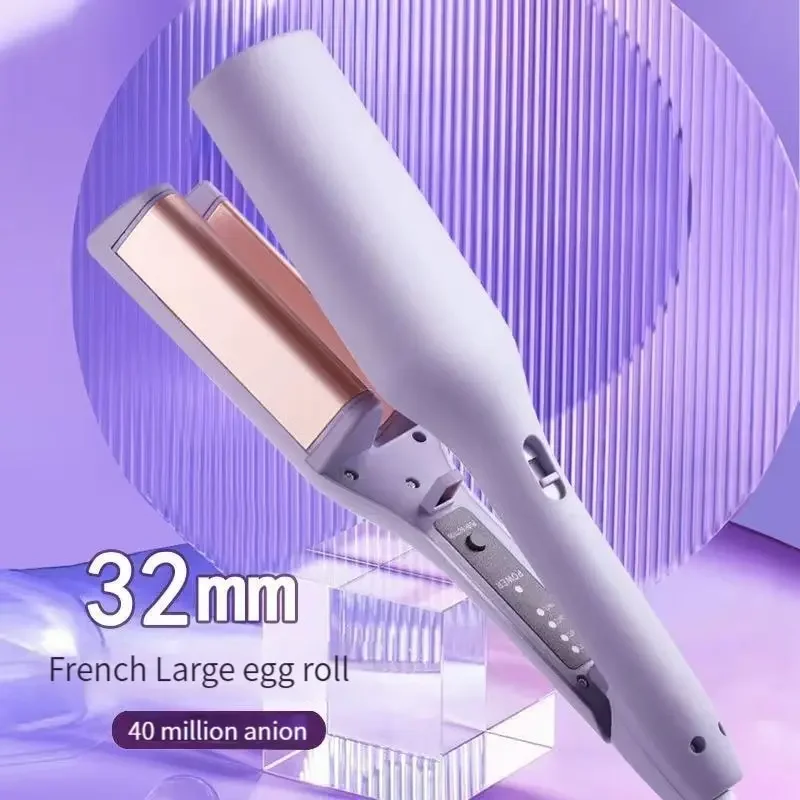
Recommended Temperature Ranges for Different Hair Types
-
Fine or Damaged Hair:
- Fine or damaged hair is more delicate and sensitive to heat. To avoid causing further damage, it is best to set your curling iron to a low temperature range of 250°F to 300°F (120°C to 150°C).
-
Normal or Medium Hair:
- Normal or medium hair is generally more versatile and can tolerate moderate temperatures. Setting your curling iron between 300°F to 350°F (150°C to 180°C) is recommended for this hair type.
-
Thick or Coarse Hair:
- Thick or coarse hair typically requires higher temperatures to hold curls effectively. For best results, set your curling iron to a temperature range of 350°F to 400°F (180°C to 200°C).
-
Natural or Textured Hair:
- Natural or textured hair has unique needs due to its coil or curl pattern. It is recommended to use a curling iron set to temperatures ranging from 300°F to 400°F (150°C to 200°C). However, it is important to assess your hair’s individual texture and tolerance when determining the ideal temperature.
Importance of Heat Protection
-
Heat Protectant Products:
- Applying a heat protectant product before using a curling iron is essential. Heat protectants form a barrier between your hair and the heat, reducing the risk of damage and maintaining the hair’s moisture levels.
-
Even Distribution of Heat:
- Prepping your hair with a heat protectant helps to ensure that the heat is evenly distributed throughout the strands, minimizing the possibility of heat damage and creating consistent curls.
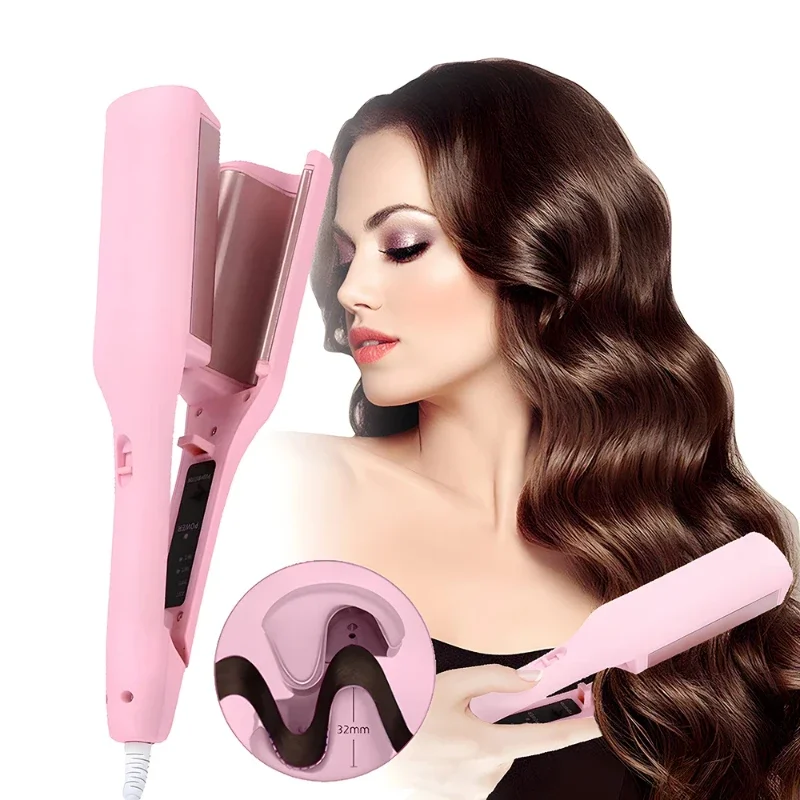
Tips for Achieving Optimal Results and Minimizing Hair Damage
-
Test and Adjust:
- Begin by starting with the lowest temperature setting and gradually increasing it until you achieve the desired results. This approach allows you to determine the optimal temperature for your hair without risking excessive heat damage.
-
Sectioning and Time Limit:
- Divide your hair into small, manageable sections to ensure that each section receives equal heat exposure. Limit the time that the curling iron is in contact with your hair to avoid excessive heat exposure and potential damage.
-
Avoid Repeated Styling:
- To minimize heat damage, refrain from repeatedly curling the same section of hair. Curl each section once, and if touch-ups are required, use a lower heat setting and limit the exposure time.
-
Cooling and Setting Curls:
- Allow your curls to cool completely before applying any additional heat or brushing. This cooling period helps the curls set, improves their longevity, and reduces the risk of heat damage.
Fine-Tuning Your Curling Technique for Perfect Curls
-
Curling Iron Barrel Size:
- The barrel size of your curling iron significantly affects the type of curl you can achieve. Smaller barrels, such as 1/2 inch to 1 inch, produce tighter and more defined curls. Larger barrels, ranging from 1 1/4 inches to 2 inches, create looser, voluminous curls.
-
Curl Direction:
- Experiment with curling your hair in different directions to create diverse looks. Curling away from your face creates an outward-facing curl, while curling towards your face creates an inward-facing curl. Alternating the curl direction adds dimension and natural-looking waves to your hairstyle.
-
Curling Iron Technique:
- When using a curling iron, wrap each section of hair around the barrel, starting from the roots and working towards the ends. Hold the hair in place for a few seconds and then release. To achieve consistent results, ensure that each curl is of similar thickness and tension.
-
Finger Comb or Brush:
- After curling your entire head, allow the curls to cool completely before running your fingers through them to loosen and separate the curls for a more relaxed look. For a polished finish, use a wide-toothed comb or a paddle brush to gently brush through the curls.
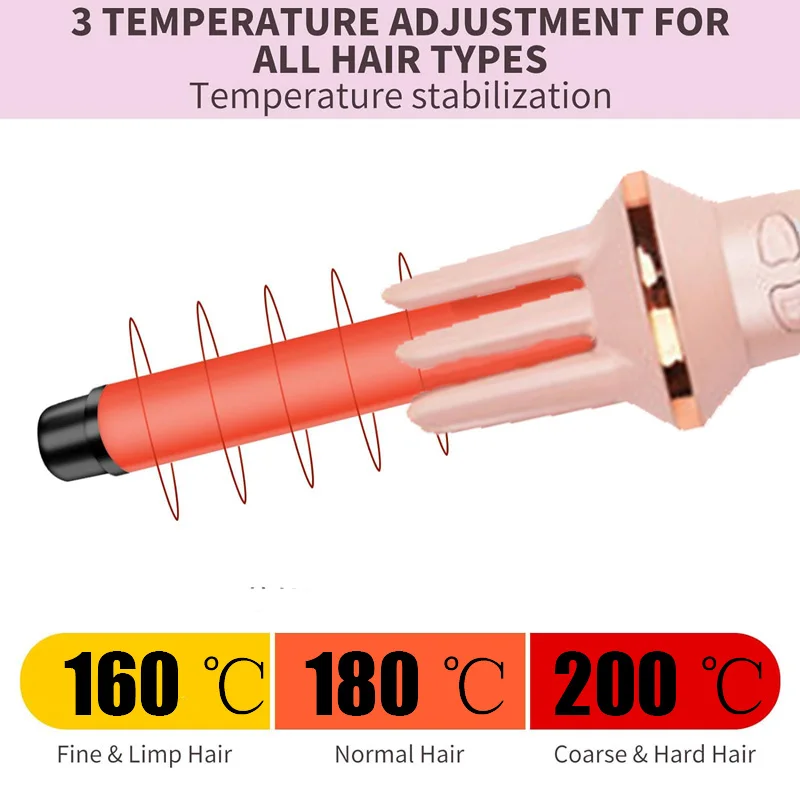
Adapting the Curling Technique for Special Hairstyles
-
Beach Waves:
- To create effortless beach waves, use a larger barrel curling iron or wand. Wrap random sections of hair around the barrel without twisting for a more tousled effect. After curling, run your fingers through the waves to loosen and tousle them further.
-
Spiral Curls:
- To achieve defined spiral curls, choose a smaller barrel curling iron. Take small sections of hair and wrap them tightly around the barrel from roots to ends. Hold for a few seconds before releasing. Once cooled, gently separate the curls using your fingers for more volume and bounce.
-
Vintage Curls:
- For timeless, vintage-inspired curls, use a medium-sized barrel curling iron. Start by curling small sections of hair, leaving the ends straight for a classic look. Brush through the curls gently to create soft, cascading waves reminiscent of old Hollywood glamour.
Protecting Your Hair Health During Curling
Heat Protection Spray:
Always apply a heat protection spray evenly throughout your hair before using any heated styling tool. This helps to minimize damage and maintain hair health by creating a barrier between the heat and your strands.
Adjustable Temperature Settings:
Opt for a curling iron with adjustable temperature settings. Fine or damaged hair requires lower temperatures (around 300°F to 350°F), while thick or coarse hair may need higher temperatures (up to 400°F). Customizing the heat reduces unnecessary stress on your hair.
Sectioning Your Hair:
Properly sectioning your hair before curling ensures even heat distribution and prevents overheating any one area. Use hair clips to separate the hair into manageable sections, starting from the bottom layers and working your way up.
Curling Time Management:
Avoid holding the curling iron in one spot for too long, as this can lead to heat damage. A good rule of thumb is to hold each curl for 5 to 10 seconds, depending on your hair’s thickness and the heat setting used.
Regular Trimming:
Maintain your hair’s health by getting regular trims every 6 to 8 weeks. This helps prevent split ends from traveling up the hair shaft and keeps your curls looking neat and healthy.
Post-Curl Care:
Moisturize your curls with a lightweight leave-in conditioner or hair oil to replenish lost moisture and enhance shine. Consider using a silk or satin pillowcase to reduce friction and frizz while you sleep, helping your curls last longer.
By incorporating these protective measures and techniques into your curling routine, you can achieve beautiful styles while preserving the health and integrity of your hair. Remember, practice makes perfect, and with time, you’ll master the art of crafting flawless curls tailored to your unique style preferences and hair type.
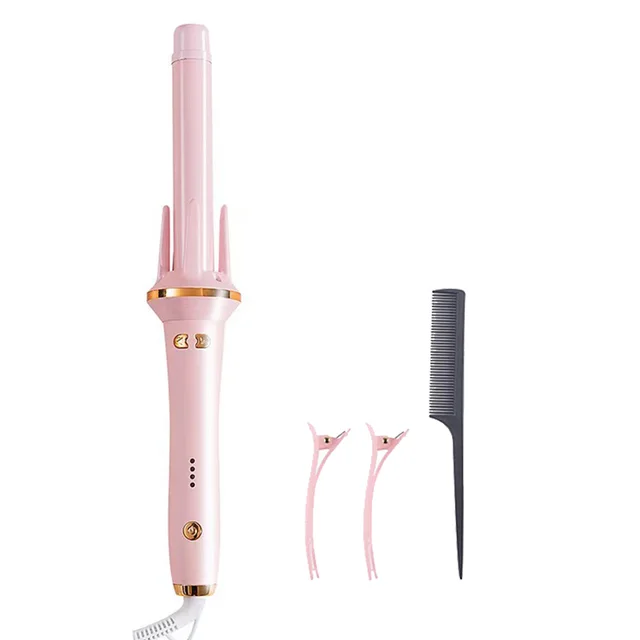
Styling Products for Enhanced Curls
Curl Enhancing Mousse:
Before you start curling, apply a curl enhancing mousse to damp hair. This will provide light hold, define curls, and add volume without weighing your hair down. Make sure to distribute it evenly throughout your strands for consistent results.
Texturizing Sprays:
For added texture and a more undone look, use a texturizing spray on dry hair after curling. It gives your curls a matte finish and helps them hold their shape for longer, making it perfect for beachy waves or more casual styles.
Curl Creams:
Curl creams are ideal for those seeking more control and definition, especially for naturally curly or wavy hair. Apply a dime-sized amount to damp hair, focusing on the mid-lengths to ends. This product helps to tame frizz, enhance natural patterns, and promote soft, bouncy curls.
Conclusion: Striking the Perfect Balance
Determining how hot your curling iron should be involved considering various factors such as hair type, desired curl style, and heat tolerance. By selecting the appropriate temperature range and incorporating effective heat protection practices, you can achieve beautiful curls without compromising the health and integrity of your hair.
Remember to start with the lowest temperature and gradually increase as needed, use a heat protectant product, section your hair properly, and avoid excessive heat exposure. By striking the perfect balance between heat and hair health, you can enjoy stunning curls with minimal damage or risk. Embrace your curls and rock your desired hairstyle in 2024 with confidence.




